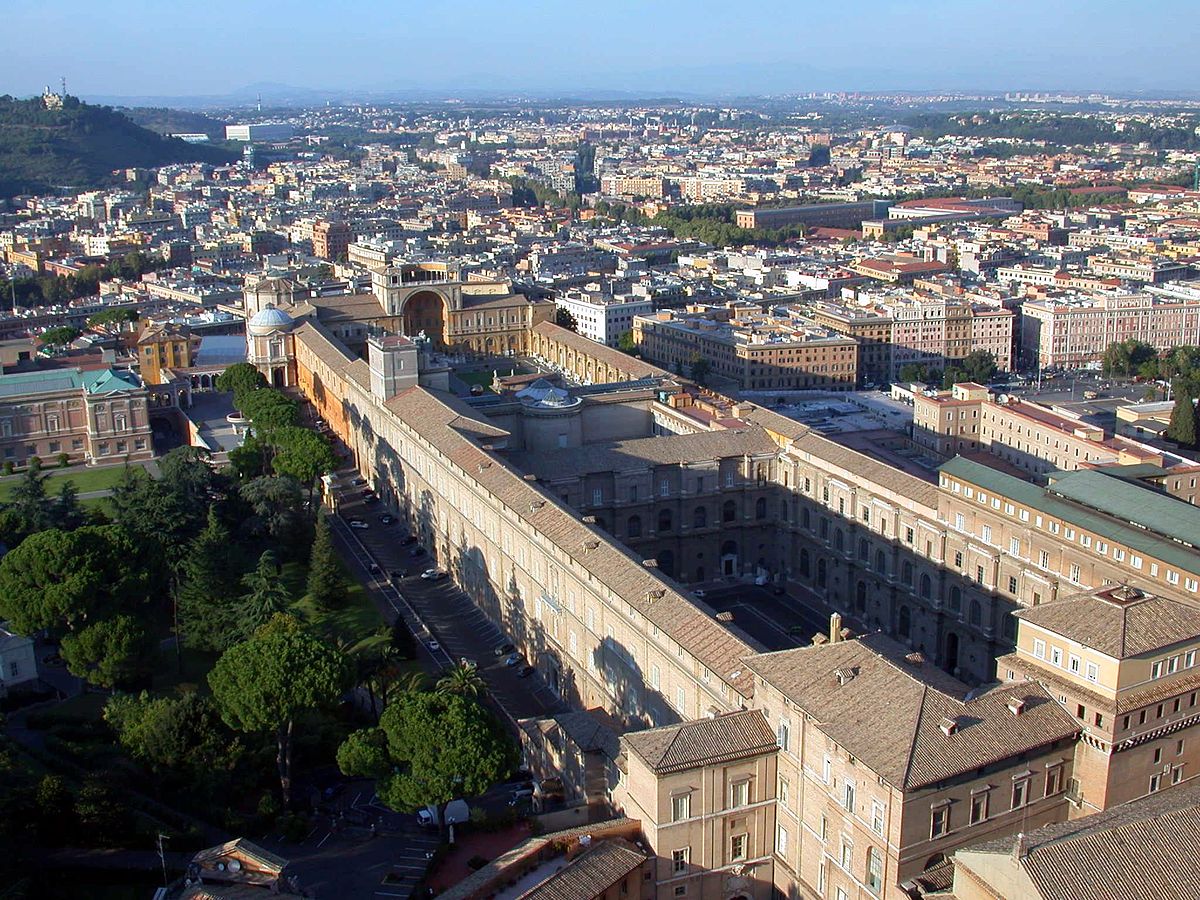The Vatican is the smallest sovereign state in the world and the spiritual epicenter of the Roman Catholic Church. Steeped in centuries of history and culture, the Vatican is a must-visit destination for anyone seeking to explore the roots of Western civilization. From the awe-inspiring architecture of St. Peter’s Basilica to the iconic frescoes of the Sistine Chapel, the Vatican boasts some of the most extraordinary artistic and architectural masterpieces in the world. Join us on a journey through the heart of the Catholic world as we explore the wonders of the Vatican.

History
The Holy See, also called the Vatican City State, is a tiny sovereign republic within the city limits of Rome, Italy’s capital. The land area is only about 44 hectares (110 acres), making it the smallest country in the world, and only about 800 people live there. In the past, when the area was called the Mons Vatican, you could learn about the background of the Vatican.
During the Roman Republic, the Vatican was outside the city and was used to kill people in the first century AD; Christians used the spot as a cemetery. Emperor Constantine built the first basilica in the fourth century, now called Old St. Peter’s Basilica.
Over the ages, the area stayed an essential center of Christianity, with the pope as the Bishop of Rome and leader of the Catholic Church. In 756, Pope Stephen II led a revolt against the Byzantine Empire and established the Papal States, which covered most of the territory now central Italy.
1929 was the year that saw the signing of the Lateran Treaty. It established Vatican City as a sovereign nation and gave the Catholic Church authority over the surrounding territory. This was done to demonstrate that the pope was not just a religious leader but also the head of state, and it was done in this manner.
Since then, the Vatican has become a significant religious hub for Catholics. Every year, millions of tourists travel to the city to explore its museums, churches, and art collections. In addition, it has been involved in several foreign diplomatic endeavors and has been a member of the United Nations since 1964.

City Details
Vatican City is the world’s tiniest independent state, in the middle of Rome, Italy. The Pope, considered the Catholic Church’s leader, resides there, making it both the spiritual and administrative hub of the Catholic Church. Because of its long history, artistic legacy, and cultural legacy, the Vatican is a one-of-a-kind place that draws in visitors, pilgrims, and academics. This is due to the Vatican’ heritages in these three areas.
The masterpiece of Renaissance design that is Saint Peter’s Basilica serves as the focal point of the Vatican City State. In addition to that, it is the largest church on the entire planet. The church where Saint Peter was initially laid to rest contains the tomb of Saint Peter, one of the twelve apostles of Jesus Christ. Visitors can ascend to the dome’s summit and take in stunning vistas of Rome.

Immediately adjacent to the basilica is a group of buildings known as the Vatican Museums. These museums are home to one of the most important art collections in the entire world. The museums include tens of thousands of works of art, some of which include paintings from the Renaissance, sculptures from ancient Greece and Rome, and artifacts from ancient Egypt. Some of these works date back thousands of years. The Sistine Chapel, home to some of the most stunning frescoes ever created by Michelangelo and depicts stories from the Bible, is widely regarded as the most well-known exhibit in the Vatican Museums.

Additionally, the Vatican has gardens extending over fifty percent of the city-state. The tranquility given by the gardens, which feature fountains, statues, and a vast collection of plants and trees, is great for escaping the city’s commotion and hectic pace.

The Vatican is not just significant in terms of art and architecture but also on a cultural and theological level due to its location. Visitors get the opportunity to meet the Pope in person and seek his blessing during the weekly audience in St. Peter’s Square held by the Pope. In addition, the Vatican is the site of several liturgical activities that occur regularly throughout the year. These activities include the celebration of Christmas and Easter Masses.
Conclusion
The Vatican attracts visitors and pilgrims worldwide who want to learn more about the country’s extensive history, art, and architecture. However, it is also an independent sovereign state that maintains its own government and diplomatic connections, and it plays a significant role in the affairs of other countries worldwide.
Throughout its history, the Vatican has faced many challenges and controversies, including accusations of wrongdoing, criticism of how it deals with clergy members, and social and political interests. Nevertheless, it is a significant organization that has left a long-lasting impact on the world, particularly religion and society.
Enjoy, fellow traveler!
People also viewed:

